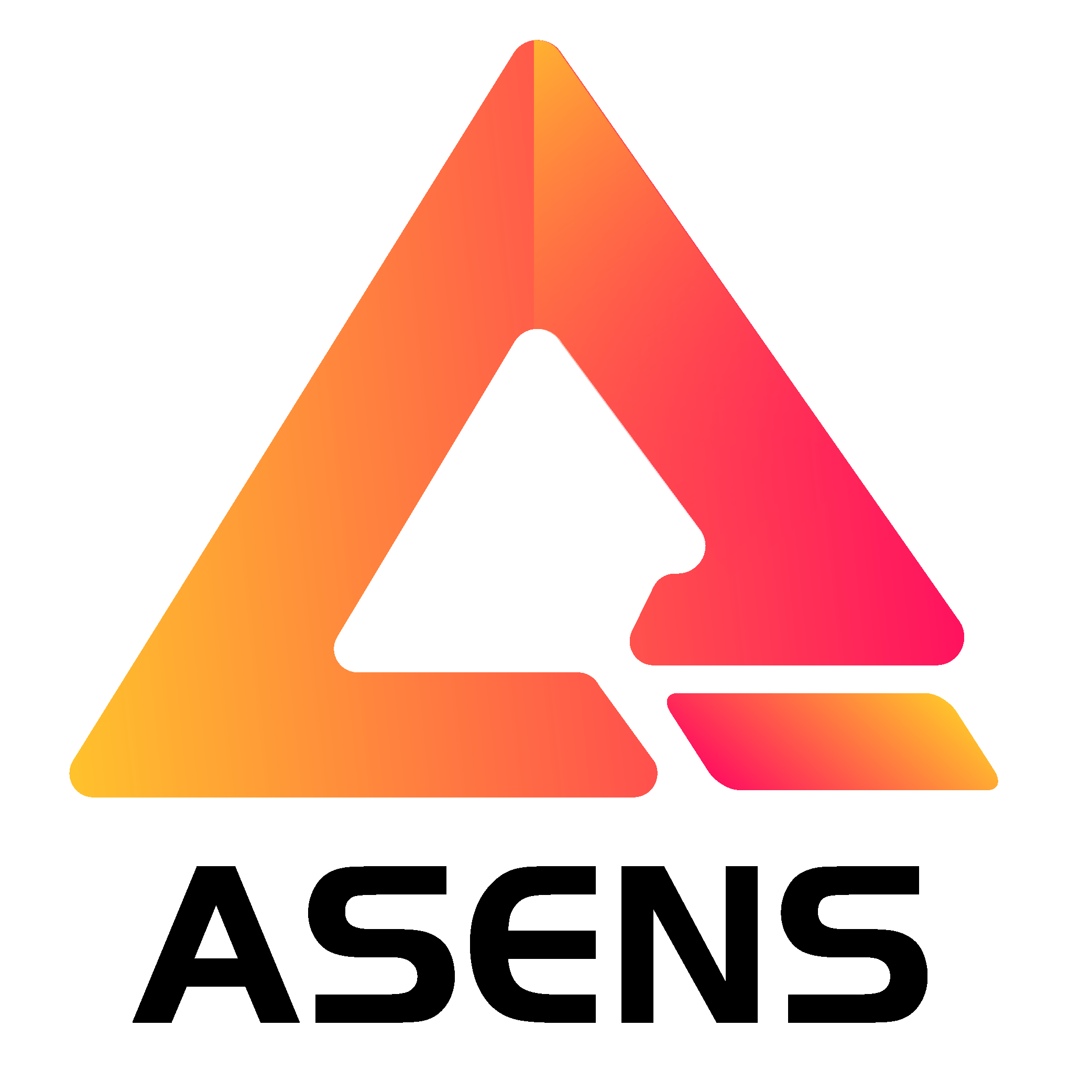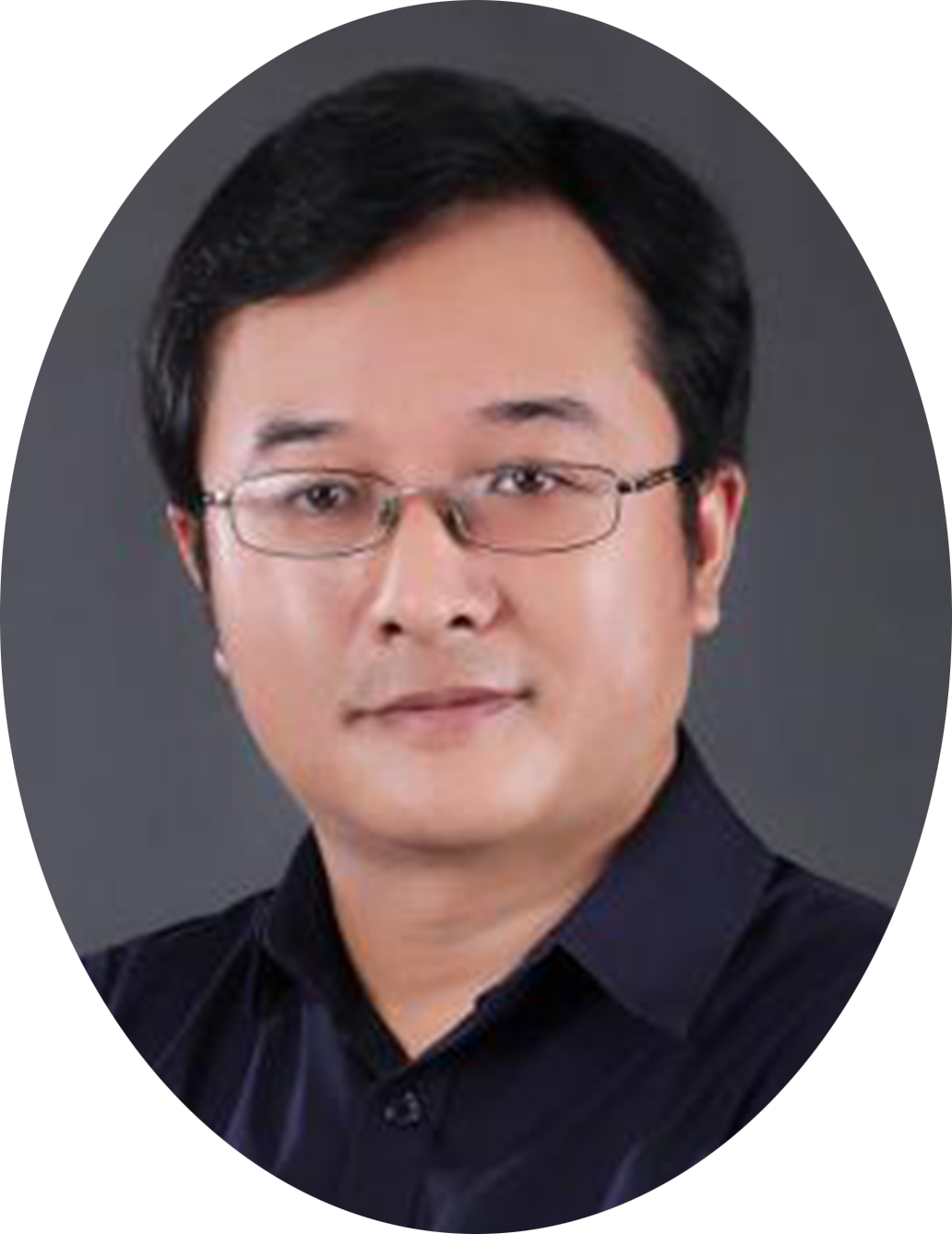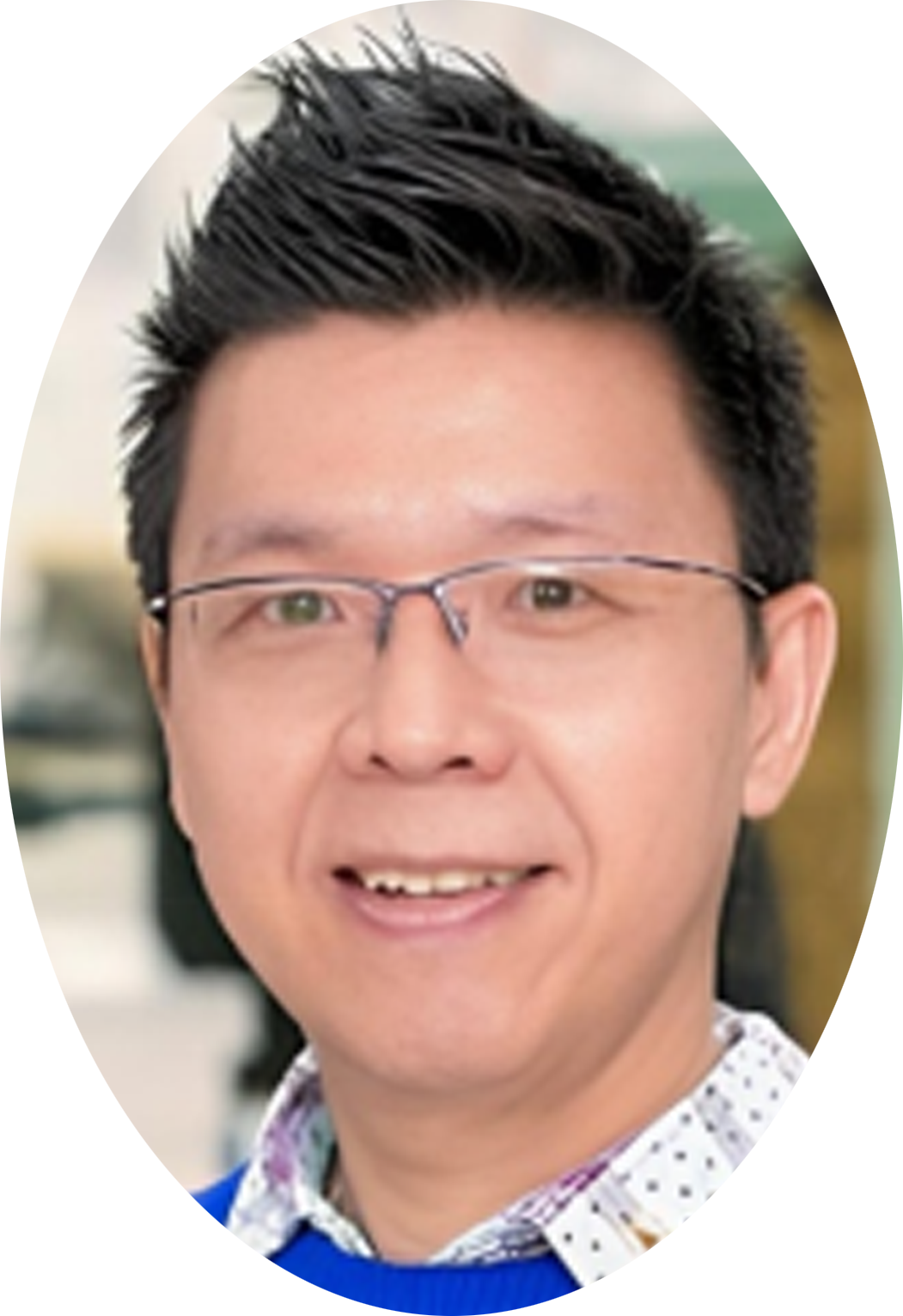

Prof. Ke Tang, Southern University of Science and Technology
IEEE Fellow
Ke Tang is a Professor at the Department of Computer Science and Engineering, Southern University of Science and Technology ( SUSTech ). His major research interestsinclude evolutionary computation and machine learning, particularly in Scalable Evolutionary Computation and Learn to Optimize. He is a Fellow of IEEE and Changjiang Scholar Professor for Artificial Intelligence (Ministry of Education of China). He is also the recipient of a few national and international awards, such as the IEEE Computational Intelligence Society Outstanding Early Career Award, the Natural Science Award of MOE of China, and the Newton Advanced Fellowship (Royal Society, UK).
Title: Learn to Optimize
Abstract: Optimization problems are ubiquitous. However, the design, or even successful application of an optimization algorithm highly relies on domain knowledge of human experts. Such a design/application paradigm has encountered significant challenge as more complex optimization problems emerges. This talk will introduce how we can follow a new paradigm, namely Learn to Optimize (L2O), to automatically design novel optimization algorithms. Such that we may leverage on computing power, rather than domain experts, to tackle emerging hard optimization problems.

Prof. Min Chen, South China University of Technology
IEEE Fellow
Min Chen is an IEEE Fellow for his contributions to data-driven communication, caching, and computing. He is a tenured full professor in School of Computer Science and Engineering at South China University of Technology. He was the director of Embedded and Pervasive Computing(EPIC) Lab at Huazhong University of Science and Technology. He is the founding Chair of IEEE Computer Society Special Technical Communities on Big Data. He was an assistant professor in School of Computer Science and Engineering at Seoul National University. He worked as a Post-Doctoral Fellow in Department of Electrical and Computer Engineering at University of British Columbia from 2006 to 2009. He received Best Paper Award from IEEE ICC 2012 and IEEE IWCMC 2016, etc. He serves as associate editor for IEEE Transactions on Big Data, IEEE Network, and IEEE Trans. on Cognitive Communications and Networking, etc. He was a Series Editor for IEEE Journal on Selected Areas in Communications. He is Symposium Chair of IEEE Globecom 2022 eHealth, and Co-Chair of IEEE ICC 2012-Communications Theory Symposium, and Co-Chair of IEEE ICC 2013-Wireless Networks Symposium. He was General Co-Chair for IEEE CIT-2012, Tridentcom 2014, Mobimedia 2015, and Tridentcom 2017. He was keynote speaker for IEEE BHI-BSN 2022. He has 200+ SCI papers, including IEEE JSAC, IEEE TNNLS, IEEE TPDS, IEEE TWC, IEEE TSC, INFOCOM, AAAI, Science, Advanced Materials, Nature Communications, etc. He has published 12 books, including Big Data Analytics for Cloud/IoT and Cognitive Computing (2017) with Wiley. His Google Scholar Citations reached 49,500+ with an h-index of 101. His top paper was cited 5,000+ times. He was selected as ESI Highly Cited Researcher from 2018 to 2023. He got IEEE Communications Society Fred W. Ellersick Prize in 2017, the IEEE Jack Neubauer Memorial Award in 2019, and IEEE ComSoc APB Oustanding Paper Award in 2022. His research focuses on cognitive computing, 5G Networks, wearable computing, big data analytics, robotics, machine learning, deep learning, emotion detection, and mobile edge computing, etc.
Title: Large Language Model (LLM) Fine Tuning
Abstract: As a foundation of Large Language Models, fine-tuning drives rapid progress, broad applicability, and profound impacts on human-AI collaboration, surpassing earlier technological advancements. This talk examines the core principles, development, and applications of fine-tuning techniques, emphasizing its growing significance across diverse field and industries. By analyzing the latest round of LLM fine-tuning advancements, this talk explores potential future directions for the co-evolution of humans and AI, as well as emphasizing their potential to achieve higher levels of cognitive and operational intelligence.

Prof. Chi Man VONG, University of Macau
Chi Man VONG received his PhD from the University of Macau in 2005. He is currently an associate professor and the associate head of the department of computer and information sciences in the University of Macau. His current research interests are computer vision and weakly supervised semantic segmentation in autonomous driving. He has published over 180 SCI journal and top-tier conference articles such as ICCV, ECCV, ICDE, IJCAI, AAAI, ICLR, TNNLS, TCYB, TIE, TII, TFS, etc. His Google H-index is 40+ with 7000+ citations. He also serves as associate editors of international SCI journals including IEEE Transactions on Emerging Topics in Computational Intelligence, and Neurocomputing.
Title: Autonomous Localization Under Low-Cost Multi-Sensors
Abstract: In autonomous localization, visual SLAM (Simultaneous Localization and Mapping), and VPR (Visual Place Recognition) are two modules providing prior location information for downstream tasks such as loop closure and global localization. For these reasons, they are two critical components for many applications such as robot navigation, autonomous driving, and augmented and virtual reality. Traditionally, the performance of these two modules relies on the accurate real-world input from expensive sensors (such as mechanical Lidar), causing high cost in massive production. To effectively reduce the cost, a fusion of multiple low-cost sensors is proposed in recent years, but the performance is relatively unsatisfactory. In this talk, we will introduce three of our latest works to tackle the performance issue of Visual SLAM and VPR in the manner of multi-sensor fusion. Our experimental results show that the proposed methods can achieve SOTA performance with real-time inference under information fusion of multiple low-cost sensors such as RGB camera, solid-state Lidar, and IMU.